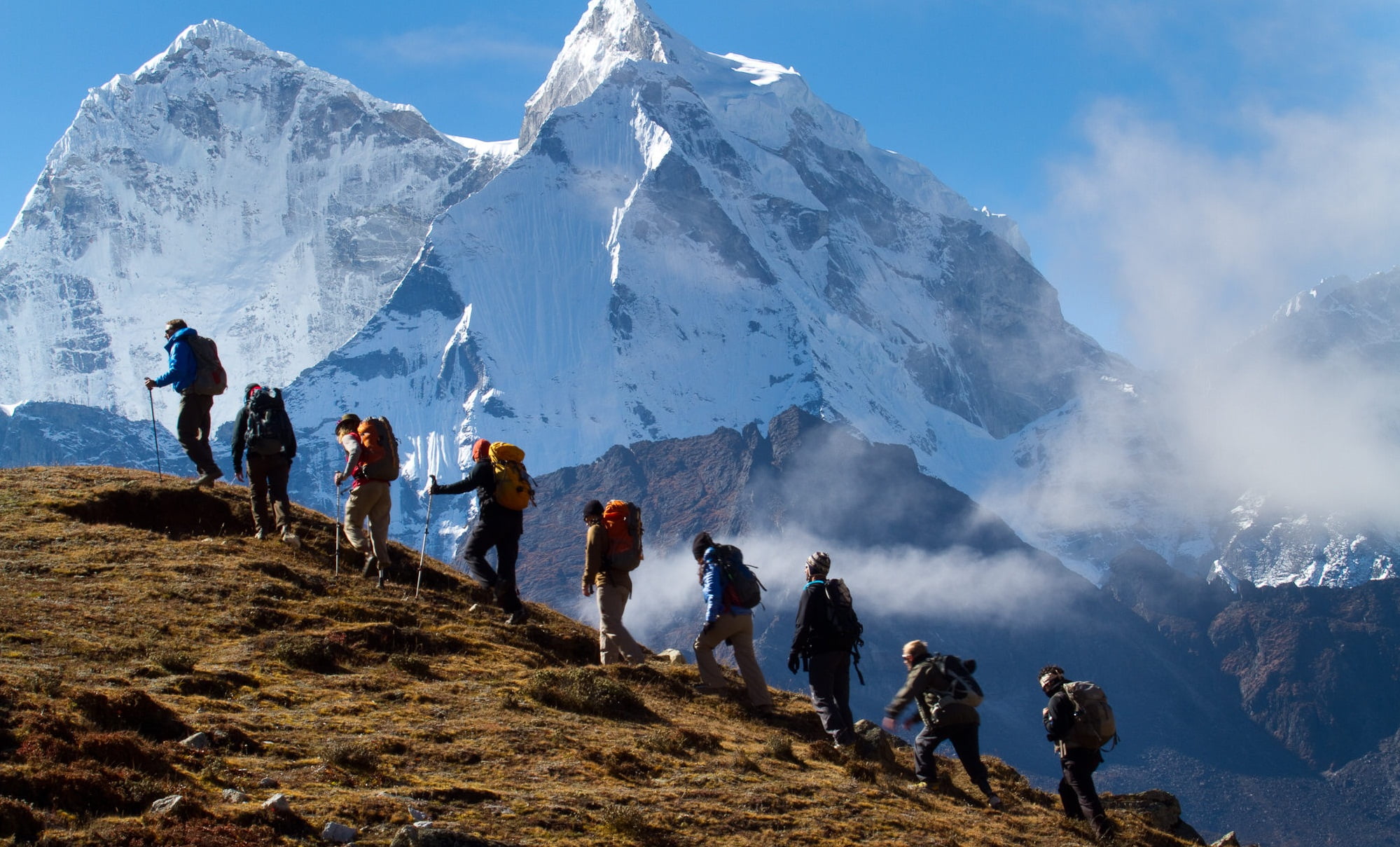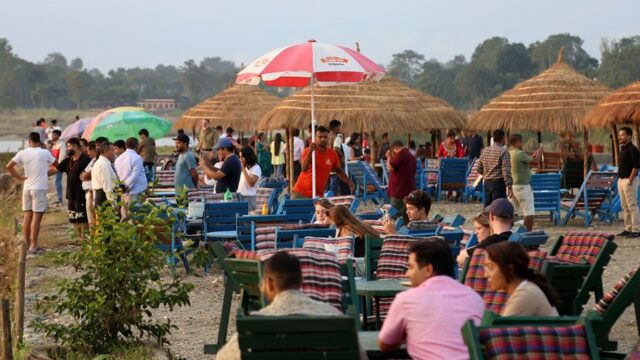As Dashain and Tihar approach, many Nepalis take advantage of the long holidays to plan travel and trekking trips. According to Krishna Prasad Acharya, the President of the Trekking Association of Nepal (TAAN) Gandaki, the season from Ashwin to Mangsir is considered ideal for trekking in Nepal.
Trekking, once primarily popular among foreign tourists, has now gained significant popularity among domestic travelers. The allure of Nepal’s natural beauty, unique geography, favorable climate, biodiversity, and the opportunity to explore the rich Himalayan lifestyle, culture, and civilization draws many to trekking routes. Trekking is not only enjoyable but also beneficial for physical and mental health, offering a wholesome experience for those seeking fitness and wellness.
Nepal is home to some of the world’s most famous trekking destinations. Every year, millions of both domestic and international tourists embark on treks to explore these areas.
The cost of your trek depends on the destination. On average, it’s advised to budget around NPR 3,000 to NPR 4,000 per day for general trekking routes. If you’re heading to areas like the Everest region, the expenses can be higher.
Short, medium, and long-distance treks may vary in cost. Tourist areas tend to have higher service prices, so it’s essential to plan accordingly. While internet and online payment services are becoming common in many trekking destinations, remote villages may not offer these facilities. Carrying cash is advisable for convenience.
Before setting out, gather as much information as possible about your trekking destination and its geographical conditions. It’s important to know about the hotels, restaurants, and tea houses in the area. Utilizing Google or other maps can provide detailed insights into your trek, including the distance and altitude.
Understanding the route’s elevation and duration in advance allows you to prepare yourself both mentally and physically. Approach your trek with enthusiasm and curiosity to learn about the new destination.
When preparing for a trek, consider the season, weather, and climate. Take time to ensure you have all the necessary equipment, as rushing may cause you to forget important items. A good trekking backpack, sturdy shoes, and trekking poles are essential. It’s recommended to invest in a lightweight backpack that can carry up to 25 kilograms.
The cost of purchasing trekking gear can range around NPR 15,000, depending on the quality and brand. Products from Nepali brands, such as Goldstar trekking shoes, are becoming increasingly popular. Choose comfortable shoes with thick soles, good grip, and water resistance to ensure safety on wet or snowy trails.
Pack appropriate clothing based on the season. For cold weather and Himalayan treks, bring a down jacket and warm clothes. Sunglasses are necessary for protecting your eyes from the sun, especially in summer, while sunscreen, lotion, and hats can protect your skin from sun exposure.
If your destination is remote or unfamiliar, it’s advised not to trek alone. While short-distance treks in populated areas can be done solo, having a guide makes your journey smoother and safer. Trekking in groups not only enhances safety but also simplifies logistical arrangements. The government has recently implemented a policy requiring trekkers to hire guides for certain routes for safety reasons.
Trekking solo poses security risks, especially in the Himalayan regions where elevations can reach up to 6,000 meters. If accidents occur, rescue efforts may be complicated.
Carrying a basic first-aid kit and personal medications is crucial during a trek. If you’re heading to high altitudes, altitude sickness can be a concern. Symptoms of altitude sickness can start at elevations above 3,000 meters, so it’s important to pace yourself and rest when necessary.
At higher elevations, it’s recommended to limit your ascent to 500 meters per day. In case of emergencies, be sure to have contact information for local authorities, tourist information centers, police, and hotels.
Pack sufficient water and light snacks such as biscuits, chocolates, cashews, and almonds to maintain your energy levels during the trek.
By following these tips and preparing accordingly, your trekking adventure during the Dashain and Tihar holidays will be a memorable and safe experience.
Source: RSS






